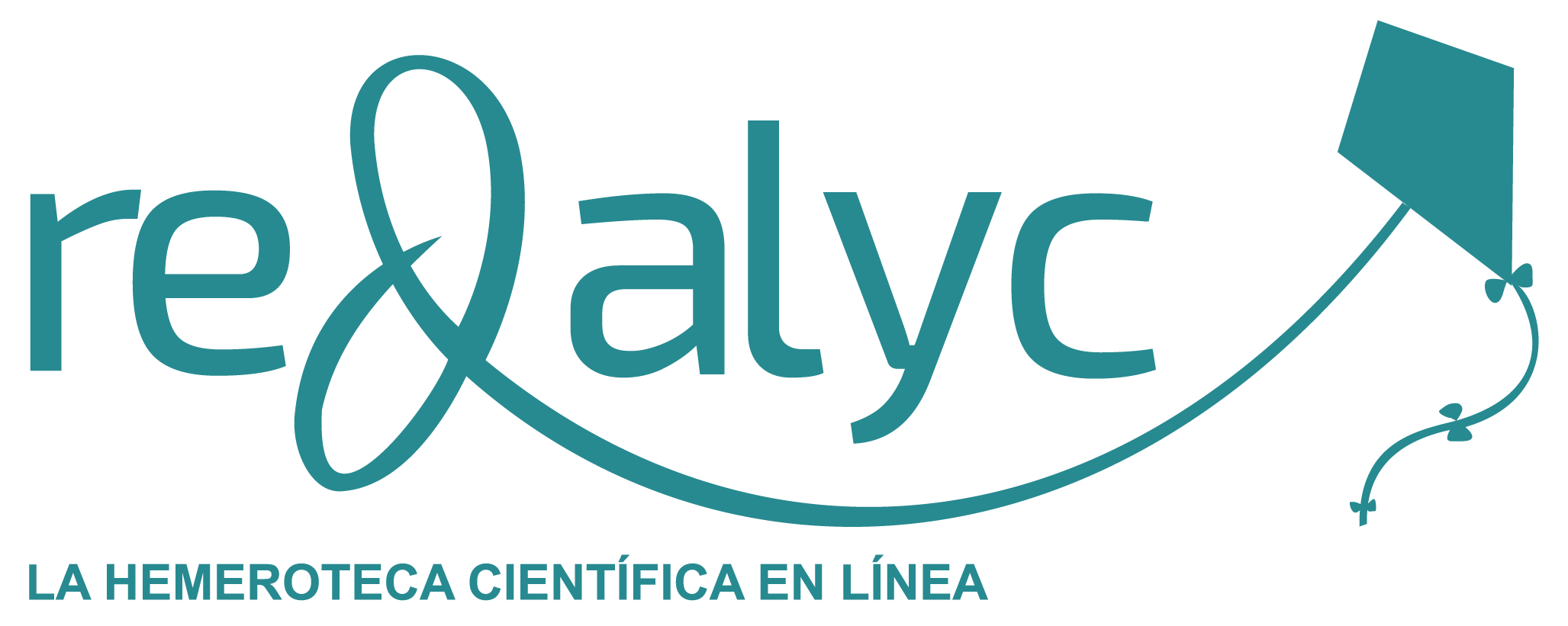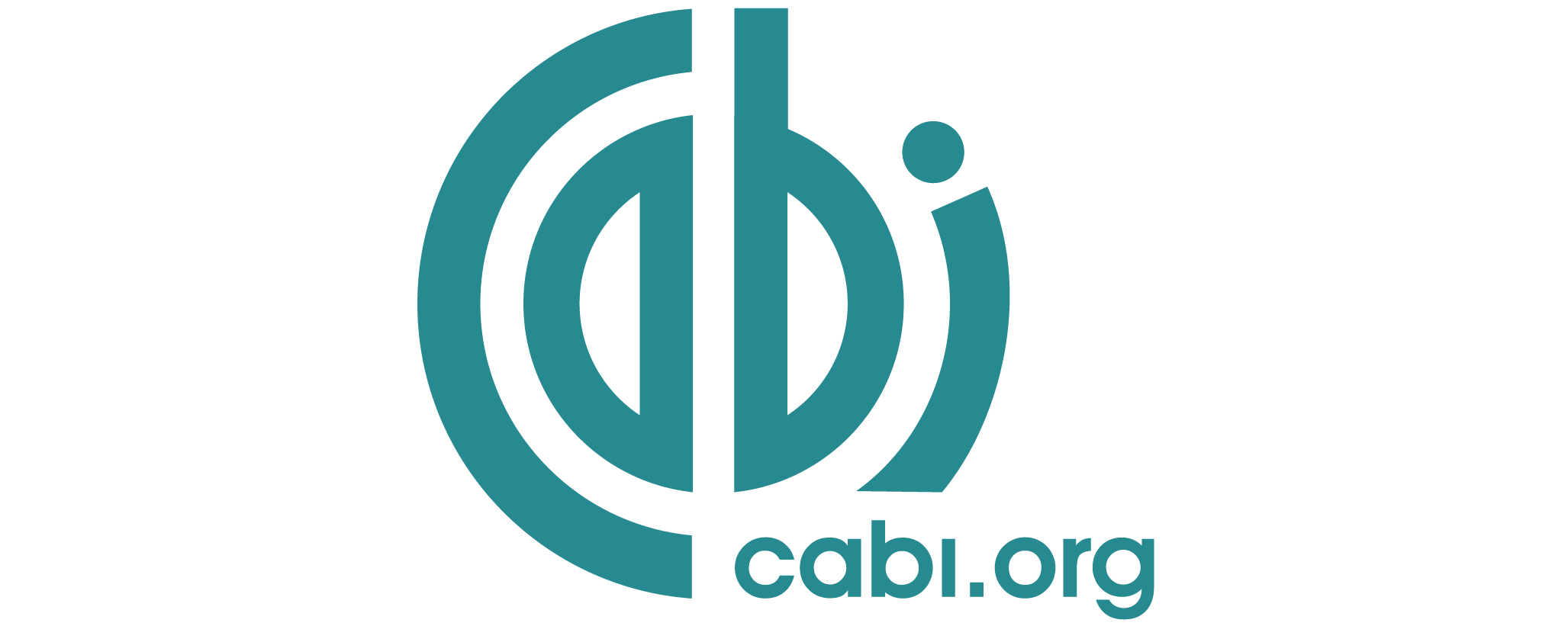Since its creation in 1956, INTA has accompanied the national and regional agricultural sector by developing technological innovation actions in agricultural value chains, and also in different regions and territories to improve country’s competitiveness and sustainable rural development.
Within its institutional strategy for the communication of technological and scientific advances, INTA has the publication of the Revista de Investigaciones Agropecuarias (RIA). Consist on a periodic scientific publication of a multidisciplinary nature whose creation dates back to the year 1947, on antecedents in two journals called Revista de Investigaciones Agrícolas and Revista de Investigaciones Ganaderas.
The aim of RIA is to accompany researchers in the communication of advances in agricultural sciences. It does this through the publication of unpublished original articles that meet quality standards and scientific validity through peer review and admitted by its Editorial Committee. As a result of this process, the magazine has already published more than 48 volumes since its creation.
With the intention of continuing this process of promoting the development of agricultural sciences, but within the framework of the new challenges in scientific communication, a new version of RIA is presented.
The challenges are, on the one hand, a growing thematic diversity that affects or influences the agricultural sector, where in addition to traditional agricultural sciences (agronomic and veterinary sciences) we also found environmental sciences, sustainable development, climate change, rural development and food sciences, among others.
On the other hand, during the last decade, we have being witnesses of a profound change in the context of scientific publications with the appearance of digital publication tools, access to scientific knowledge in social networks, the contribution of Open Access policy, the preprints and the Open Peer Review.
These challenges make it necessary to generate a new journal with a more agile publication format, with editorial autonomy, with more efficient and faster access to published advances, and with a more universal distribution that allows us to keep up with the growing speed of knowledge generation and technological transformation.
For this, a new proposal was generated based on the decision of the INTA´s National Directorate and Board of Directors. The aim was to deeps RIA as a useful tool to improve the quality of R&D in the sector of sciences associated with the agriculture, agrifood and agrobioindustrial sector. The strategy is to make RIA a reference tool for science communication at national and regional level.
The proposed vision is a journal devoted to aspects related to the following subject areas: agronomy, veterinary, biological, climate or environmental sciences; as well as in topics like rural studies, industrial crops, animal production and health, economy, among others. On top of this, RIA must be recognized by peer researchers as a valid space to visualize their scientific production, and where each work is referenced in the field of agricultural scientific communication.
To aim this vision, actions were carried out with the measurable objective of increasing the impact index on the areas defined in the medium term. In this sense, a new manuscript management system (Open Journal Systems – OJS) administered by INTA was adopted, which facilitates and speeds up the submission and management process by authors, reviewers and editors, in order to achieve acceptable publication times.
On top of this, English was defined as the publication language; exclusive staff was incorporated to manage the journal, and work is being done on assigning digital identification to each publication (DOI). In addition we will continue with the indexing of the publications on scientific literature bases such as Scopus, Redalyc, Scielo and Latindex, among others.
In the same sense, the Editorial Committee was expanded with renowned researchers in the different subject areas of interest to guarantee the critical rigor and editorial independence that a scientific journal requires.
With this new RIA version we hope to be able to generate an environment to improve the interactive process of communicating science to target audiences so that it may be used to lead the technological development on the agricultural sector.










